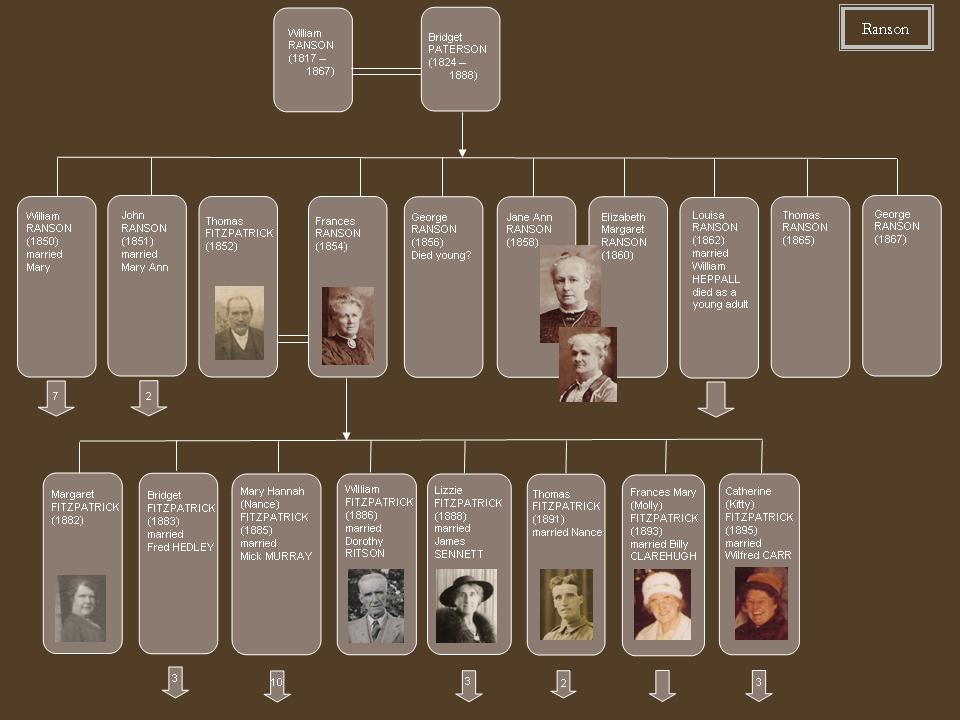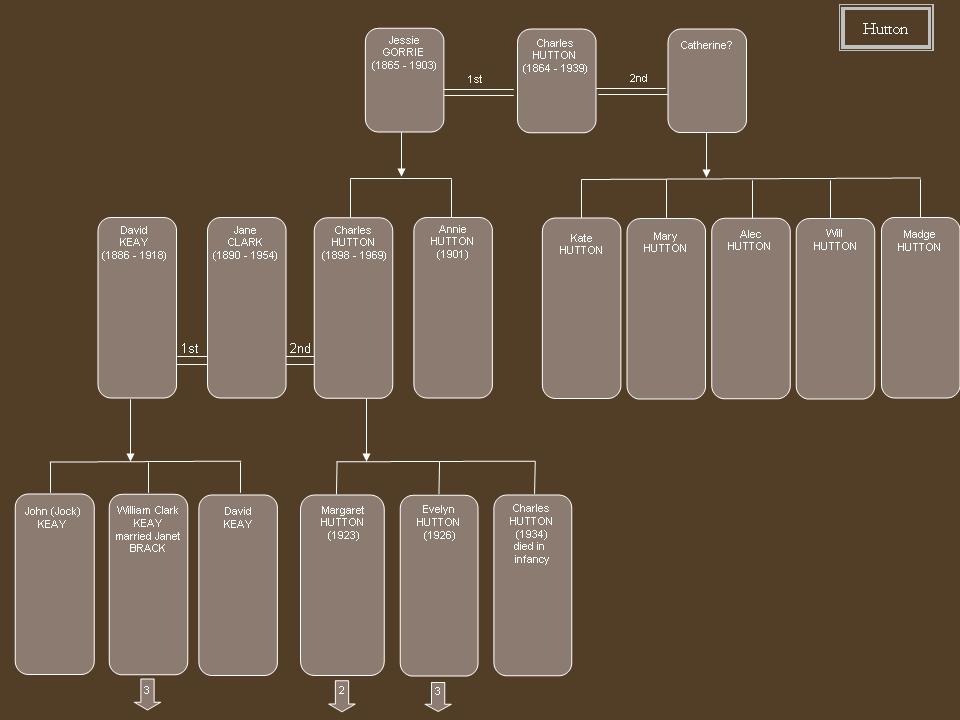Searched records for Keays in Perth - no likely-looking entries yet for David or William Keay.
Also searched for our DLI soldier, Thos Fitzpatrick.
(Note that a huge number of records were destroyed by bomb damage in WW II. The records detailed below have lots of singed bits, if you view an image of the originals - particularly Alex's)
Help from this site here on researching these records, and interpreting the cards.
ALEX KEAY
Alexander Keay from 9, Unity Place, James St., Perth was enlisted in 1916 to the 77th Training Reserve Battalion. Number 26020
Aged 37, a joiner with a wife, Jeannie Kinmouth. They had married 1898, in Perth. His 8 children were all born in Perth, (the first, William was born November 1901).
Was in training Reserves, then died in Dundee Hospital, 18-12-1916. The original telegraph order form for the 'Much regret to inform...', to his wife can be seen on file.
Also a letter from ?his doctor? saying that the lung disease he died of did not have anything to do with his military service. Medical notes can be seen - 'patient has suffered poor health for the last 3 years'. Suggested Tuberculosis. Died of 'acute diffuse myelitis'. Recorded that his wife did get a service widows' pension.
He didn't even have enough time in service for any entries on his misconduct record sheet.
The question could be posed as to why a man in such poor health should be accepted into the forces...
Another who served but did not die in service...?
Catherine Keay, 26860
address unknown
Served as an Airwoman in the RAF/Air Ministry.
A file on her is held at the National Archives (Kew), created October 1918.
Sub-Lieutenant William F. Keay, Royal Navy.
address & family link unknown
born 1870-1900, a record file is held at the National Archive (Kew), for 1914-1918.
JAMES KEAY
A butcher, aged 19, single, Presbyterian, of 200 High St, Perth
Next of kin his father, Mr Wm Keay of 200 High St Perth.
Enlisted to Pte Black Watch (6th) 1916. (number 266857)
Medical exam not very complimentary, yet still passed as "fit for service" - tendency to hammer toes, teeth defective, mentally rather dull - it's a bit difficult to read, but I think that's what it says. What a way to be recorded for posterity, eh? Later record shows he was not considered fit to be trained.
No medals or service overseas.
Discharged 21 st December 1917
James Keay - Royal Scots
A cousin of our William, David & John Keay
Remembered at Tibbermore and at Thiepval - read more in this page.
William Keay - number 2526
son of William Keay of 79 Pomarium, Perth.
Married in Perth in September 1911 to Anna Kennedy (child Christian born in March 1912).
Wesleyan.
The Attestation papers (dated Dec. 1899, around time of the Boer War) show that he was aged 18. He joined the Hussars of the Line, but later transferred into Royal Field Artillery (posted Feb 1900 to the 115th Battery). We see that he was quite tall at 5'10", and that he had been an Engine cleaner by trade. Also tells us that he had received a "note" from a Serving Soldier, calling him up.
Details on record of ranks served (Sergeant), training completed (e.g. signals)
Served in France 1914- March 1915
No injuries or other particulars. He was discharged as physically unfit for service in May 1915 (though given a reference of Exemplary service & character). Medical sheet gives his disability as Tubercle of Lung...and answers most questions with "unknown"... but still definitively states that his condition is not due to his military service (this was used to determine level of pension).
He was to move to Pithcaithly, Bridge of Earn, Perthshire - well known for it's mineral waters. (The shaky state of his signature in 1915 compared to that on the papers of 1899 was sad to see.)
Presumably the same person referred to on this page, who died in August 1915 "of illness contracted in France".
Our JOHN KEAY
- quite sparse details on the medal card, most of them already known.
- also seen other papers held in the Pension Records.
Some suggestion he may have first joined the army at the age of 16 in 1898 (twenty years before his death on the Somme). One form shows that he had previous service in the "Imperial Yeomanry or Volunteer Force" from April 1898 to 1908.
Signed up "for One Year" in the 6th Black Watch April 1908, trade was as Dyers Labourer with J. Pullar's (not an apprentice, not married). Number 10, and also we see the number 267178.
His address was 13 Union Lane, Perth. He had previously been in the 4th V.B. Black Watch (Volunteer Battalion??) - details on his record of a 2 week stay at Brigade Camp each July from 1908 till 1912. That would be Glenalmond College, Perthshire - link here to the modern-day school.
Embodied in the 6th Black Watch in August 1914.
Expeditionary Force 1915, embarked at Folkestone May 1915.
1914-1915 STAR medal
Several other references which I don't fully understand :-
- One line, dated August 1915, refers to a punishment carried out in the field for some unstated misdemeanour. There would have been a B2069 (offence report, the equivalent of a civil police charge sheet), but it no longer remains. It was "4 days F.P. No. 2", which is the less strict form (not fixed, thank goodness - see this link, this page and also this for some discussion on F.P. - Field Punishments).
- Some details on his record also refer to time spent in Le Treport, where there were several military hospitals. I think John went to the 2nd Canadian hospital in March 1916, and was then sent to the UK, per (Hospital Ship) H.S. "Brighton"?? -seems they misheard that, as I've found no such name on the list. There was an HS Britannic, though, which was a sister to the Titanic - and was sunk in November 1916.
Clearly he rejoined, but I've found no reference to this, or any service details 1916-18.
Roll of Honour states that he died of wounds on 9th Feb 1918, but no details in records of his fatal wounding (i.e. where it occurred). There is a major clue in that he was buried at the military cemetery at Tincourt, but that would have been because he had been brought to the military "hospital" nearby. We know that Tincourt was a base used by Casualty Clearing Stations, which presumably had a wide catchment area.
Next of kin his Mother, Mary Innes Keay of 13(?) Union Lane, Perth but later of Dalginross (the South part of Comrie - she would have been in the same town as her grandchildren then).
William Keay
L/Cpl of 6th Black Watch, number 1709
Entered France 2-5-1915.
Killed 30th July 1916
David Keay
Private of 1st Battalion Royal Inniskilling Fusiliers, number 42804.
Formerly S/2 015379, Army Service Corps.
Killed 1st September 1918.
As he had dependants, there certainly should be something held in the Pension Records, but many of the files have been lost. It seems David's were among these.
The following links show images from a Roll of Honour for Scotland site - all of Memorials to the Fallen of the Great War.
Pte Alex Keay, Royal Scots, Perth St. John's Kirk.
Pte David Keay (my Grt Grandad), Royal Irish Fusiliers, Perth St. John's Kirk.
James Keay, Petty Officer, HMS Sawfly, Perth St. John's Kirk.
Pte James Keay, Royal Scots, Perth St. John's Kirk. {a cousin - read more on him here}
Sapper J. Keay, Royal Engineers, Perth St. John's Kirk.
Pte John Keay, Black Watch, Perth St. John's Kirk.
2nd Lt Robert N. Keay, Black Watch, Perth St. John's Kirk; and also at the Perth Academy.
Sgt William Keay, Royal Field Artillery, Perth St. John's Kirk.
L/Cpl William Keay, Black Watch, Perth St. John's Kirk.
George Keay, Methven parish church.
Great War Bakers, ASC
I have found some general info on the role of Bakers in the Army Service Corps {ASC} during WW I (see David Keay):
mainly from the Great War Forum.
There were major bakeries at Boulogne, Rouen, Havre, Dieppe and Calais, and then many more Field Bakeries nearer the fronts to provide fresh bread for the troops.
According to the Long Long Trail, the ASC were issuing 90,000,000 pounds of bread per month by November 1918.
Each Field Bakery establishment was one officer and 92 men, to feed 26,000.
This is from the Holmfirth Express:
ARMY SERVICE CORPS.
When Honour is divided, and victory is won,
Don’t think the only hero is the man behind the gun,
What corps of men work harder than the happy ASC.
With their labourers, clerks, and butchers, not to mention bakery?
While Tommy’s in the trenches, and Jack is on the sea,
They labour at the bases, and their work is hard maybe,
But you never hear them grumble, though they toil both night and day,
To prepare the food for others who are fighting in the fray.
The baker at the oven toils hard throughout the day,
To give Tommy bread, not biscuit, to cheer him on his way.
It is brought to him by transport, sometimes motor, sometimes horse,
And helps to keep him happy and prevent the heavy loss;
So when the boys come marching home just think of what I say,
The ASC have helped to rob the Kaiser of the Day.
By Private H. Hubbard.
A Holmfirth baker serving with the 47th Field Bakery, Army Service Corps.
Somewhere in France, 1916.
Film reel clip (here) about the the ASC making bread, from the year 1914.
and another (here) about how bread is made near the front by ASC - but from the year 1957.
Crieff Bakeries
Also on that forum was an investigation into a young lad, William Nicholson McOrist, who served as a baker in WW I (6th Black Watch) and was thought to have been a baker/confectioner in Crieff (East High St.) with Mr. Alexander, Comrie St., Crieff. He died in captivity in 1915.
There were at that time three bakers in Crieff: Alexanders, Taylors (High St.) and Campbells. The only one still remaining is Campbells, though their site tells us they only set up in Crieff in 1929.
Here are some links to an archive of old posters about the Army.
This one shows the simple recruitment message from 1914.
And another from 1915.
This one is a recruitment poster for the Infantry from just after WW I. It shows rates of pay, age limits, etc.
Here's one about a soldier on the front.
Here's a great story about the Scots on the Somme, published in the Times, 1916.
Now some about the 4th Black Watch, and Black Watch Uniforms.














2 comments:
Good journey and experience!
You're quite right, Anon, it has been a great journey.
So special to get this close to the ancestors who were lost in the War - Never forgotten.
Lisa
Post a Comment